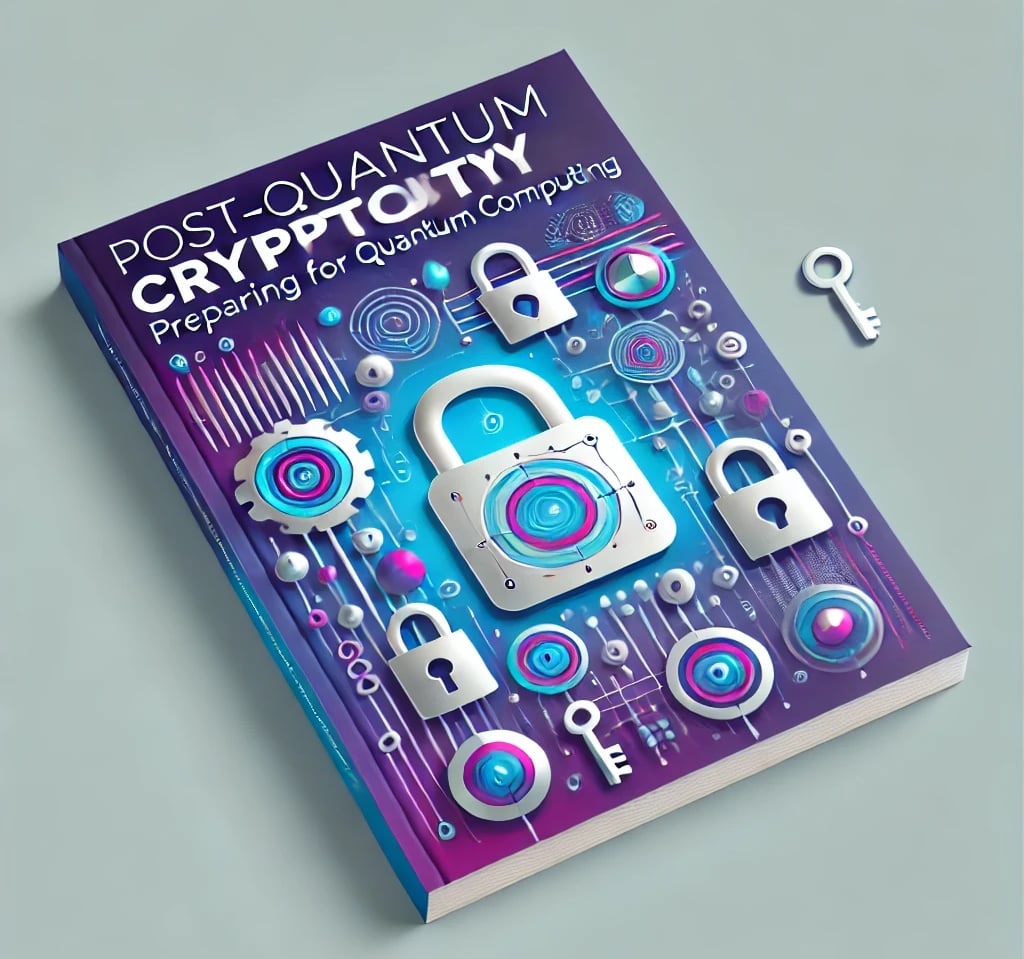Post‑Quantum Cryptography: Preparing for the Quantum Computer Era
INNOVATION AND EMERGING TECHNOLOGIES


Post‑Quantum Cryptography: Preparing for the Quantum Computer Era
The imminent arrival of large‑scale quantum computers represents an unprecedented threat to cybersecurity. Leveraging the principles of quantum mechanics, these machines will be capable of solving certain mathematical problems that are currently considered intractable—especially those underlying modern cryptography, such as the factorization of large numbers (RSA) or discrete logarithms (ECC). Experts estimate that within the next decade, a “cryptographically relevant quantum computer” could emerge, one powerful enough to break current algorithms. Consequently, there is an urgent need to adopt post‑quantum cryptography (PQC): encryption algorithms designed to withstand quantum attacks.
The cryptographic community has been working on this challenge for years. In 2016, NIST initiated an international standardization process—a competition to select new algorithms. After three rounds and evaluating dozens of proposals, in 2022 the first four winning algorithms were announced, which will become PQC standards. These include CRYSTALS‑Kyber (a public‑key encryption scheme for key exchange), CRYSTALS‑Dilithium and FALCON (for digital signatures), and SPHINCS+ (a hash‑based digital signature scheme). Three of these—Kyber, Dilithium, and Falcon—rely on hard lattice problems, while SPHINCS+ is based on hash functions. In other words, rather than relying on number factorization (which quantum computers can handle efficiently), they leverage problems like finding short vectors in Euclidean lattices or error‑correcting codes.
In 2024, NIST published the final standards for the first post‑quantum algorithms—for example, ML‑KEM (derived from Kyber) for key exchange and ML‑DSA/SLH‑DSA for digital signatures (derived from Dilithium/Falcon). Within a couple of years, we can expect these algorithms to be integrated into common protocols such as TLS for web connections, VPNs, digital certificates, and more. The challenge is enormous, as it means updating the entire cryptographic infrastructure of the Internet and industrial systems. Fortunately, major players are already taking action: companies like Google and Cloudflare have tested “hybrid” TLS versions that combine a classical algorithm with a post‑quantum one (e.g., X25519+Kyber) to evaluate performance and compatibility.
A key concept is “crypto agility”—the ability of a system to rapidly switch from one cryptographic algorithm to another. Implementations will need to be agile enough to replace RSA/ECC with Kyber and its counterparts as standards evolve. It is likely that, for a time, dual algorithms will coexist; for example, a certificate might be signed both with ECDSA (for backward compatibility) and with Dilithium (for future security). This gradual transition is necessary to ensure uninterrupted communication.
On a technical level, it is worth noting some challenges of the new PQC algorithms. Lattice‑based schemes like Kyber and Dilithium typically produce public keys and signatures that are much larger than those of RSA/ECC (on the order of kilobytes rather than bytes). This can impact network performance and the memory usage of small devices (e.g., smart cards, IoT). Moreover, while these schemes are resistant to known quantum attacks (such as Shor’s algorithm), they must also be evaluated against classical and implementation attacks, including side‑channel vulnerabilities. There has already been an instance where the Rainbow scheme—a multivariate approach proposed during the NIST competition—was completely broken by a mathematical attack, as well as side‑channel attacks on unprotected implementations of Falcon. Therefore, security must be thoroughly validated through rigorous analysis and testing.
Another important aspect is the timeline. There is no set “Q-Day” when a quantum computer will definitively break RSA. However, malicious actors might already begin intercepting encrypted data today (harvesting now) with the intent of decrypting it later when they have more powerful tools. For long‑lived data (such as state secrets, healthcare information, or proprietary data), this is a concrete concern: if current cryptography becomes obsolete in 10–15 years, historical data could be exposed. This is why adopting post‑quantum cryptography promptly is considered essential for protecting long‑term confidentiality.
In conclusion, post‑quantum cryptography is an advanced yet critical field—it is our shield for the quantum computer era. IT professionals should start familiarizing themselves with terms like Kyber, Dilithium, and their counterparts, and evaluate the impact on their systems. Leading organizations are already planning to upgrade certificates and VPNs within the next 3–5 years. The transition will not be simple, but it is comparable to past evolutions (such as the shift from DES to AES or SHA‑1 to SHA‑256): with careful planning and standardized protocols, the digital world can prepare in time to neutralize the quantum threat.
Bibliografia:
NIST – “First Four Quantum-Resistant Algorithms” (News release, 2022).
NIST – “What is Post-Quantum Cryptography?” (2022).
Cloudflare – “NIST’s first post-quantum standards” (2024).
Wikipedia – “Harvest now, decrypt later” (2022).
MIT News – “Security researchers find vulnerabilities in PQC finalists” (2021).